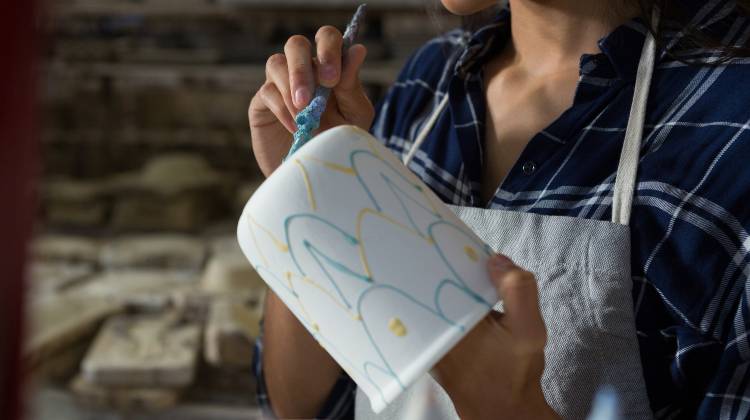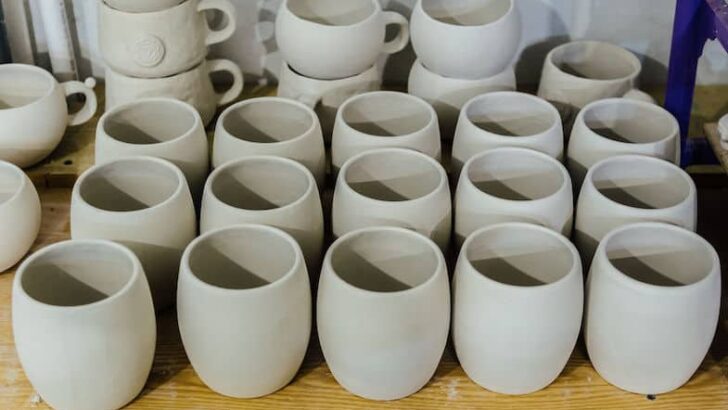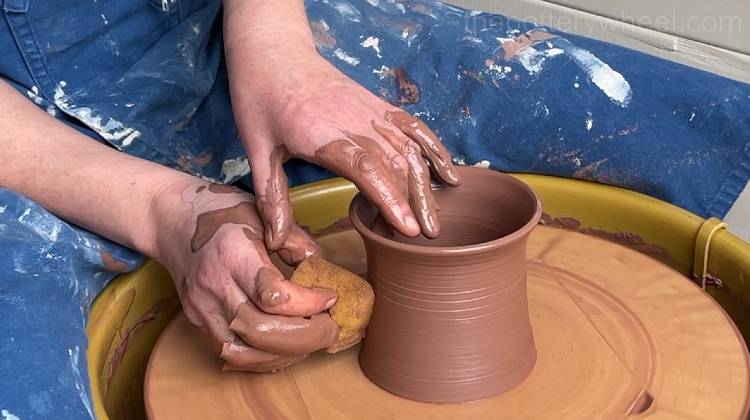Your cart is currently empty!

Does Underglaze Stick to the Kiln Shelf?
Pottery glaze melts when it is fired and will stick to the kiln shelf if it isn’t wiped off. But what about underglaze? Can you put it on the bottom of your pots, or does underglaze stick to the kiln shelf? Many types of underglaze don’t stick to the kiln shelf when they are fired. …








